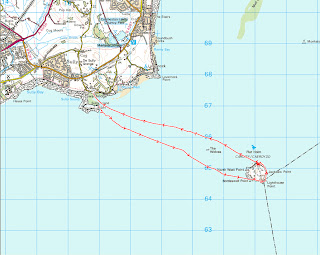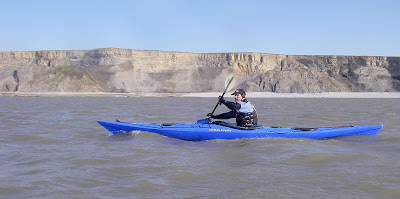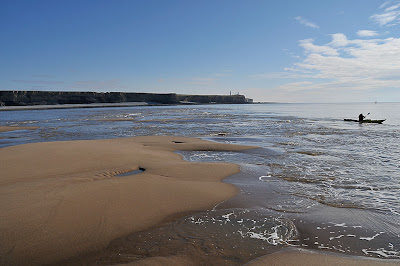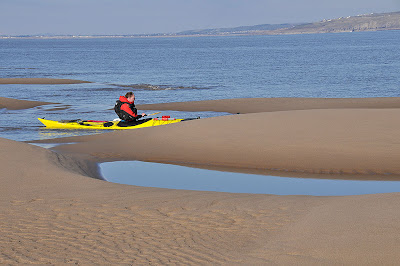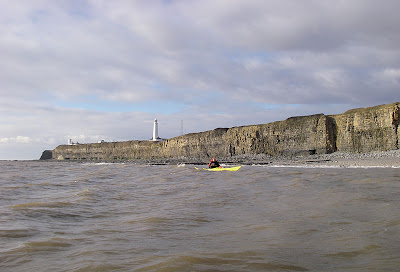What possesses someone to get out of bed on a freezing cold morning – no I really mean FREEZING (well for us in the UK anyway) – and go sea kayaking? It’s the day before Christmas. I’m not in work, it’s warm in my bed and it’s -4 degrees C by the backdoor (I know it’s not cold by any arctic standard).
Britain, still gripped in the snow and ice, has ground it to a halt, The temperature has locally been down as low as –16, but today the sun is shining, the forecast is looking good and it promises to be a great day for paddling.
I read about Stuarts earlier trip along the coast and saw his photographs of the icicles hanging on the cliff faces – something that we rarely get to see here. So decided to go and find some of these myself.
Arriving at Llantwit Major beach (Col-huw) the place is like an ice rink. Treading carefully I get down to the beach from the car park trying hard not to slip and break any bones, I’m on the water at 11am (3.5 Hrs before LT). It’s all very wrong – we shouldn’t have ice or snow at the seaside!
Traveling west I have the sun behind and it is all very pleasant. It doesn’t take long before icicles appear in abundance.
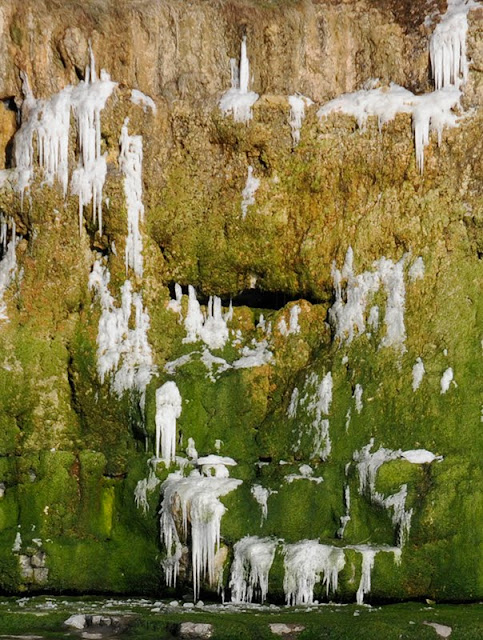
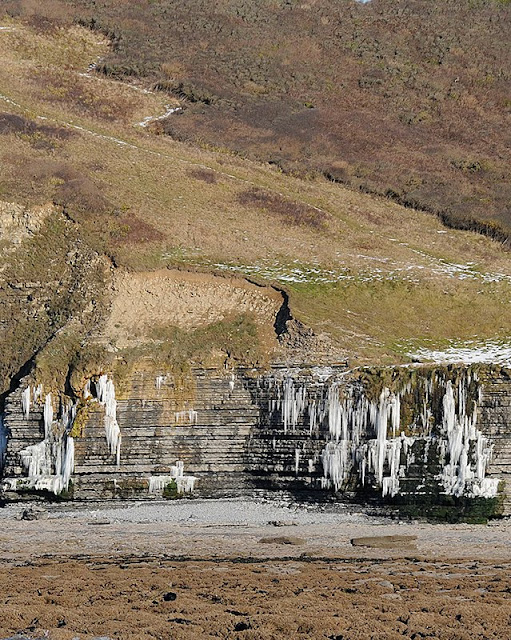
Not long before I’m entering Nash Sound and pass through at an effortless 7.5 knots.
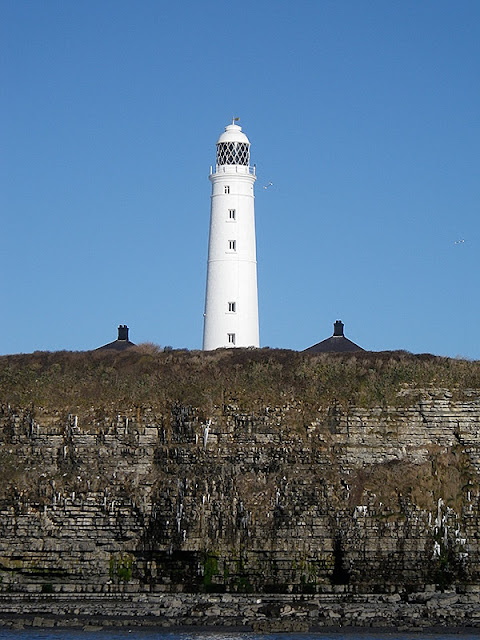 |
| Nash Point Lighthouse |
Arriving at Southerndown (Dunraven Bay), my scheduled turn about point, I come across this little feller
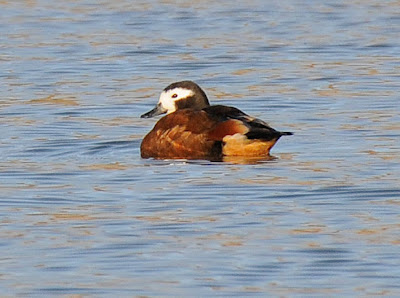 |
| Christmas Roast? |
With my early arrival and still about 2 hours of ebb in my favour I let the coastguard know I was going on to paddle further to Tusker Rock before heading back.
Within 30 minutes I’m sitting on the rock having my hot soup and sarnies and taking in the fantastic picture poastcard views of this tremendous heritage coastline.
 |
| Wreck remains on Tusker Rock |
 |
| Ogmore by Sea from Tusker Rock |
 |
| Dunraven Bay from Tusker Rock |
The sand bar is some 14 miles long, but only parts of it broach the surface at the lower points of the tide. It produces some wild conditions when the wind and tide dictate.
Even with the fairly benign conditions I face today you can tell when you pass over the shallow water. The water surface gradually moves through glass like to ripples to small breaking waves. Today it is manageable. The water around here does weird stuff, flows in odd and for me at least, unpredictable ways.
I give it the respect I think it deserves. Creepily it gives me the feeling of a small welcoming smile growing to a chuckle and onto hysterical manic laughter. I don’t trust it. I’ve been here before when it seems to entice you into it’s playful arms.
Out into the channel the tide is taking me nicely with the accelerating flood. Closing into Nash Point I’m surprised to sea some of the sea birds ‘walking on water”. From my low seating angle I can’t see the last remains of the sand bank protruding through the water for them to stand on. I decide, as I’m passing, to land and take some photographs of the cliffs lit by the beautiful late afternoon sun.
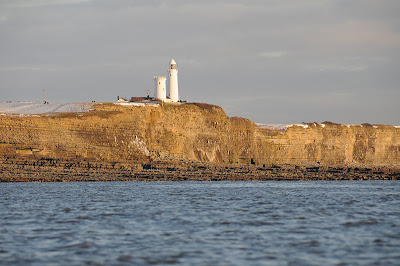
My luck just as I land the sun nips behind a cloud and the golden light drops off the cliff.
 |
| Looking west along the sand bar heading towards the Gower, the submerged bar causing the confused waters beyond. |
Swirly waters taking back the sand bar The water level is rising with each wave and I don’t fancy staying out of my boat for long, as my firm footing starts to change to quick sand. |

Leaving Nash I keep well offshore and ride the conveyor belt back to the frozen car.
After all that, I hope it’s fairly obvious why you don’t need much more of an incentive to get out of bed and go for a paddle!
 |
| 15.7 Nm (29 km) |











